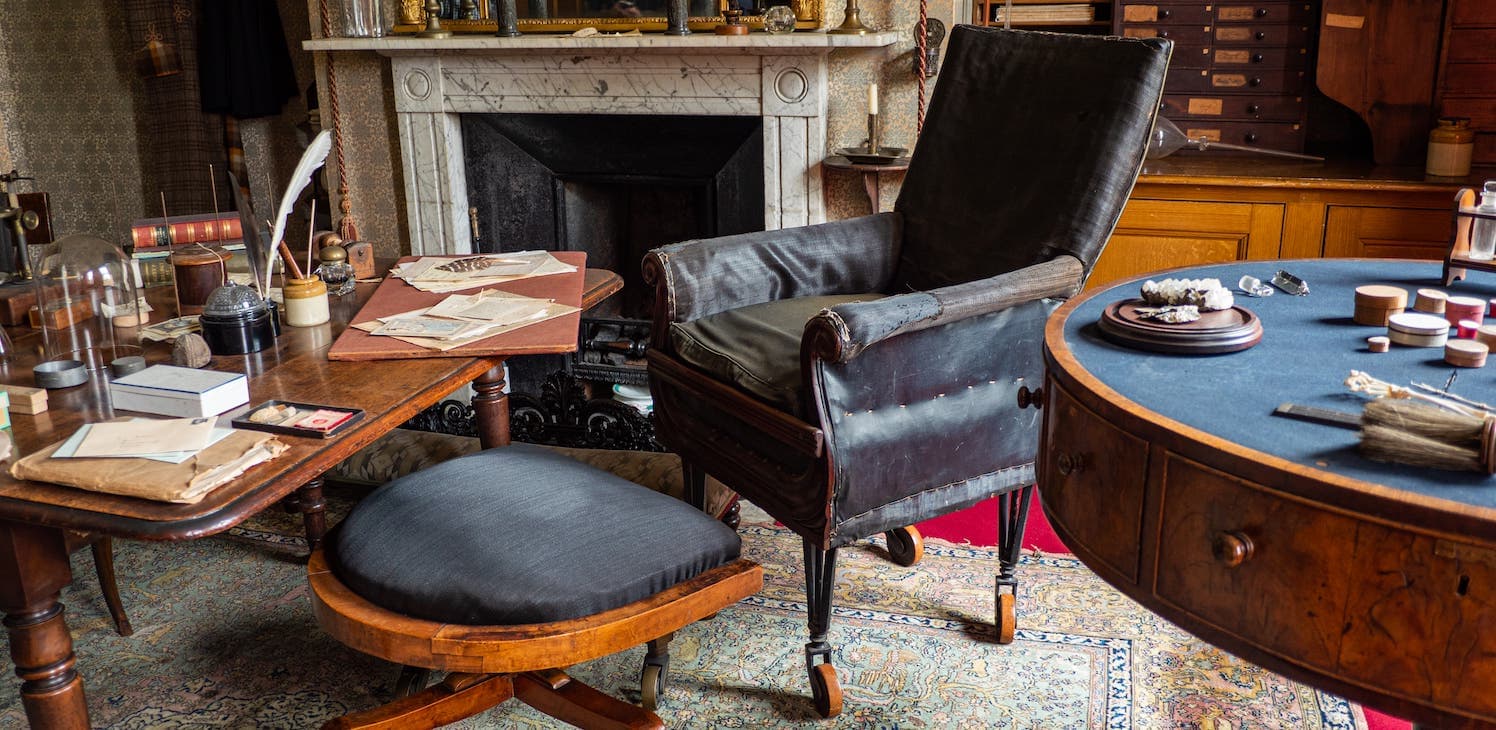Birth, tragic death . . . and cardigan jackets. To mark the 211th anniversary of Darwin's birth, we have released online the transcripts and footnotes of over 460 letters written to and from him in 1876 and a supplement of 180 letters written before 1876. Read more about Darwin's life in 1876 and see a full list of the letters.
The year 1876 started energetically, with Darwin working on the first draft of his book on the fertilisation of plants. The manuscript of Cross and self fertilisation was finished in May and sent to a local clerk to be copied in a more legible script for the printers. Proof-sheets were received in August and the book was published by John Murray, Darwin's usual publisher, in November; he started work at once on another botanical publication, Forms of flowers.
Darwin had to be disciplined about his urge to correct and improve, for new editions and translations of his earlier works were coming thick and fast. A second edition of Variation under domestication appeared early in 1876. Reprints of Origin, Climbing plants, and Journal of researches appeared in February. A combined second edition of two books that came out of the Beagle voyage, Volcanic islands and South America, was published under the title Geological observations by the original publisher, Smith, Elder & Co. A second edition of Orchids was published in January 1877; Darwin had been working on it since May 1876. Work was probably a welcome distraction later in the year: his family life suffered a devasting blow.
Darwin's daughter-in-law, Amy, died a few days after giving birth to her and Francis's son, Bernard, in September. Francis and Amy had been living near Charles and Emma in Down village, with Francis working as Charles's secretary. Amy's death had a lasting impact on the Darwins. Francis spent the next few weeks with her family in Wales before moving back into Down House with his parents; Emma and Charles took on the care of the baby. Francis too took refuge in work, checking proof-sheets and copying out his father's brief autobiography, written during the summer.
This release also contains a supplement of 180 letters written or conjectured to have been written before 1876, which have been discovered or redated since the publication of the volumes they should have appeared in, as well as some letters that can only be dated to a span of years, but that were probably written before 1876. Many of these are from a recently discovered collection of letters to Charles Darwin from his son William. They reveal that William, a keen knitter, was at the forefront of sartorial developments when he sent his father, in 1867, 'one of the most delightful inventions of the age, going by the name of a Cardigan jacket'. (According to the Oxford English dictionary, the cardigan was first mentioned in print in the UK in 1868.)
Read a detailed account of Darwin's life in 1876 in 'Darwin's life in letters'.
Read more on Francis and Amy Darwin.




